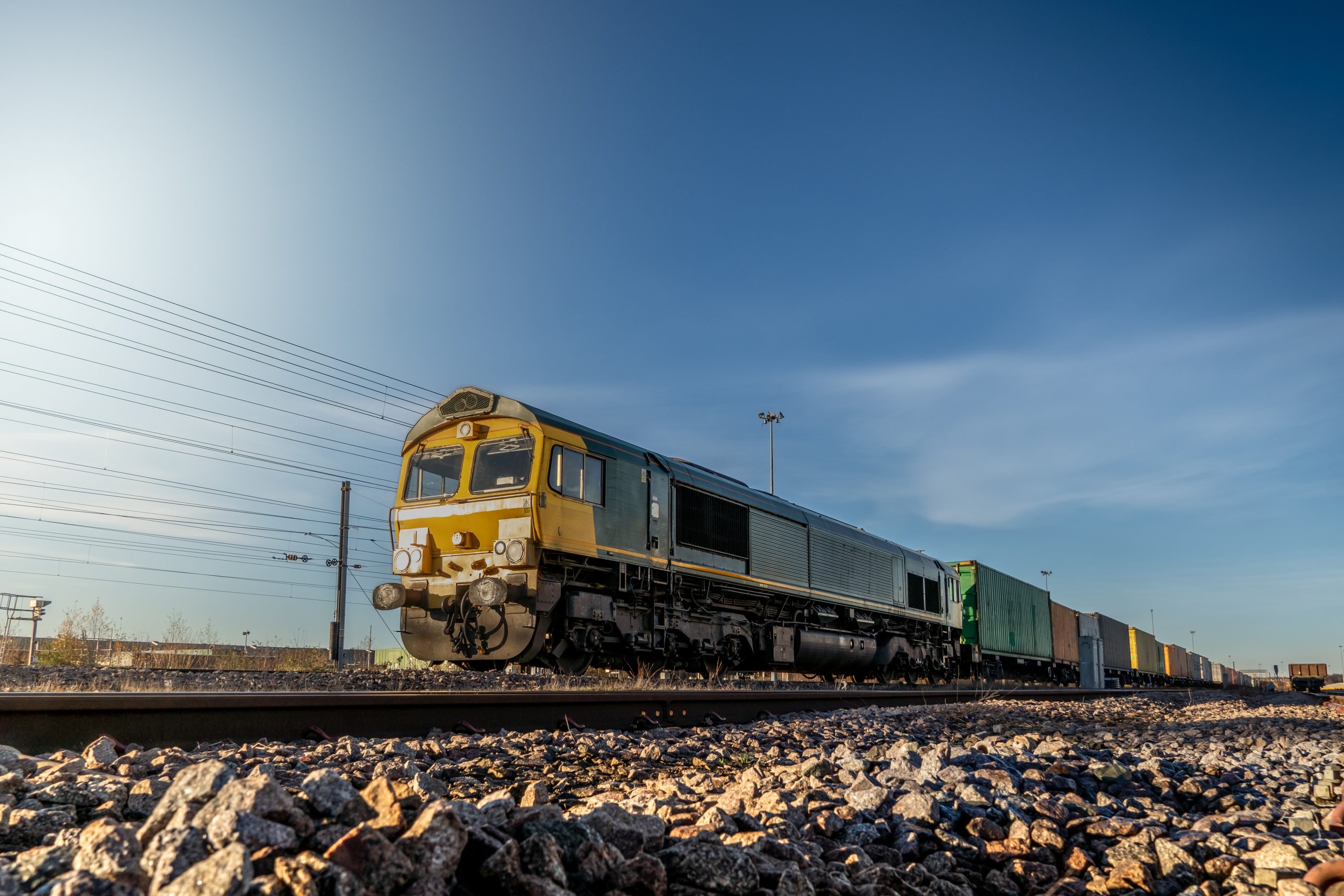If you are considering Starlink then here are a few key considerations.
Availability
LEO satellites have a distinct advantage in terms of availability, particularly in rural areas lacking the necessary infrastructure for other types of connectivity. For satellite Internet, all that’s required is a power source, a terminal, and a clear view of the satellite to establish a connection. Initiatives like Starlink, led by Elon Musk, aim to cater to the hardest-to-reach customers, closing the digital divide and even enabling high-speed internet access on planes or ships. Fiber-to-the-Home (FTTH) remains unavailable in many places, and the norm in various areas is Fiber-to-the-Cabinet (FTTC), where the last-mile connection utilizes copper cables, which may limit high-speed access for some users.
Reliability
When it comes to internet connectivity for your construction site, reliability is of utmost importance. Satellite Internet, which operates on wireless connections, may experience occasional instability. This vulnerability to interference sets it apart from the more dependable and hardwired fiber optic networks. LEO (Low Earth Orbit) satellite transmissions can face additional challenges due to obstructions such as trees, buildings, or adverse weather conditions, which can compromise their reliability. Perhaps most importantly, Starlink is currently a victim of its own success with higher latency this year than last, as well as lower upload speeds as more users sign up for the service. Satellite does include the possibility of using other satellites within the constellation to pick up signals dropped by obstructions – Starlink, for example, swaps satellites every few seconds.
Cost
While LEO satellites can bypass the need for extensive infrastructure, the end-user cost remains a significant consideration. LEO terminals are relatively expensive, and this is worth bearing in mind. Efforts like Starlink attempt to address this concern, but they still might be costly when compared to other connectivity options. Additionally, there is the subscription cost to be included, plus a managed service fee for setup and maintenance.
Speed
While satellite data rates have improved significantly in recent years, reaching speeds of around 100-300 Mbps thanks to LEO satellites, they still pale in comparison to other connectivity options such as 5G. Even the average fiber customer can expect speeds of 1 Gbps or higher, enabling seamless activities like simultaneous streaming, comparable upload and download speeds, and smooth video calling. Upload speeds consistently prove slower for satellite, which is worth bearing in mind.
Working with Onwave: Our supplier and technology agnostic approach mean we will explore the construction site, your requirements, and local network connectivity to give you the right solution.
Useful links:
https://www.astronomy.com/space-exploration/how-do-spacexs-starlink-satellites-actually-work/






